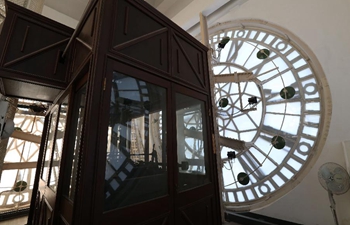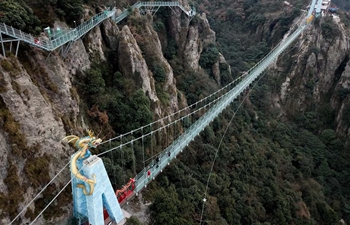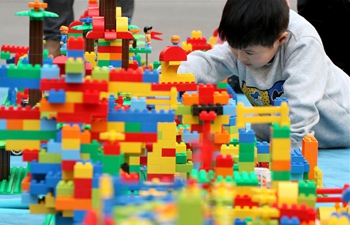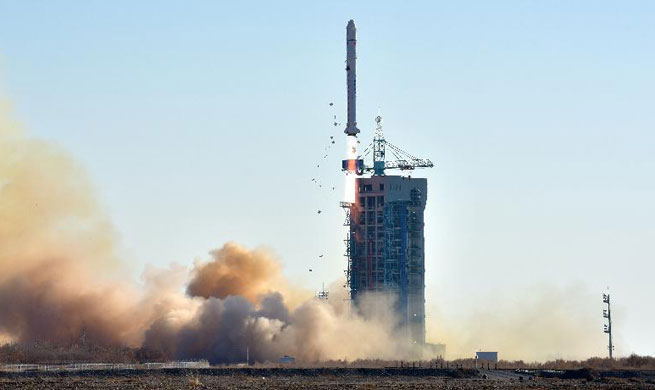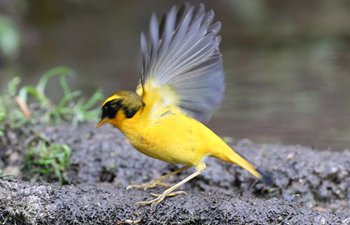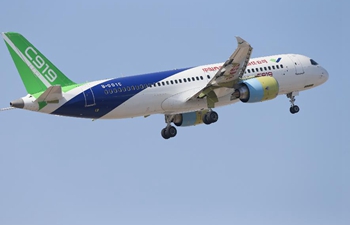LIMA, Dec. 23 (Xinhua) -- Peru's economic outlook appears positive as 2017 comes to a close, despite the year getting off to a rocky start, economist Carlos Aquino said on Saturday.
Extreme weather in the first few months dealt a blow to infrastructure and agriculture, yet the economy is on track to grow over 2.8 percent.
"The year began quite poorly ... there was the coastal El Nino phenomenon, with massive flooding that affected cities in the north. Agricultural production fell and infrastructure was damaged," Aquino said.
Losses amounted to some 9.2 billion U.S. dollars, according to the Peruvian Association of Insurance Companies (Apeseg).
The economist, who also teaches at Lima's National University of San Marcos, believes investment earmarked to rebuild the affected infrastructure, including highways, housing and bridges, helped reactivate the economy.
A sense of optimism soon permeated the economy as "it was said that the reconstruction of the country would spur economic development, with the state spending more money, more public-sector investment and activated construction," said Aquino.
In addition, at the start of the year, the price of raw materials had yet to recover.
"Since 2015 and especially this year, they (prices) have increased, particularly for copper, which accounts for nearly a third of Peru's total exports," said Aquino.
"Compared to (copper) prices that touched bottom two years ago, the price is almost 50 percent higher today," and the tendency is holding, he noted.
Peru's copper exports reached 36.312 billion dollars in 2017, and that figure is expected to grow significantly next year, according to Peru's Foreign Trade Society (Comex Peru).
China's high demand for copper has been a special boon to Peru, he said.
As to the future outlook, Aquino believed that there is a lot of expectation about what the United States can do under President Donald Trump, at least in the short term.
"U.S. tax reform will allow companies to have more money to invest, as they will be paying less taxes," said Aquino.
Another positive factor is that major economies like China, Europe and Japan are expanding, though Aquino sees some drawbacks in the U.S. Federal Reserve's decision to raise its benchmark interest rate, which caused the local currency to dip against the dollar.
Still, "the international outlook is better than it was almost a year ago or two years ago," said Aquino, and that's good news for Peru too.






